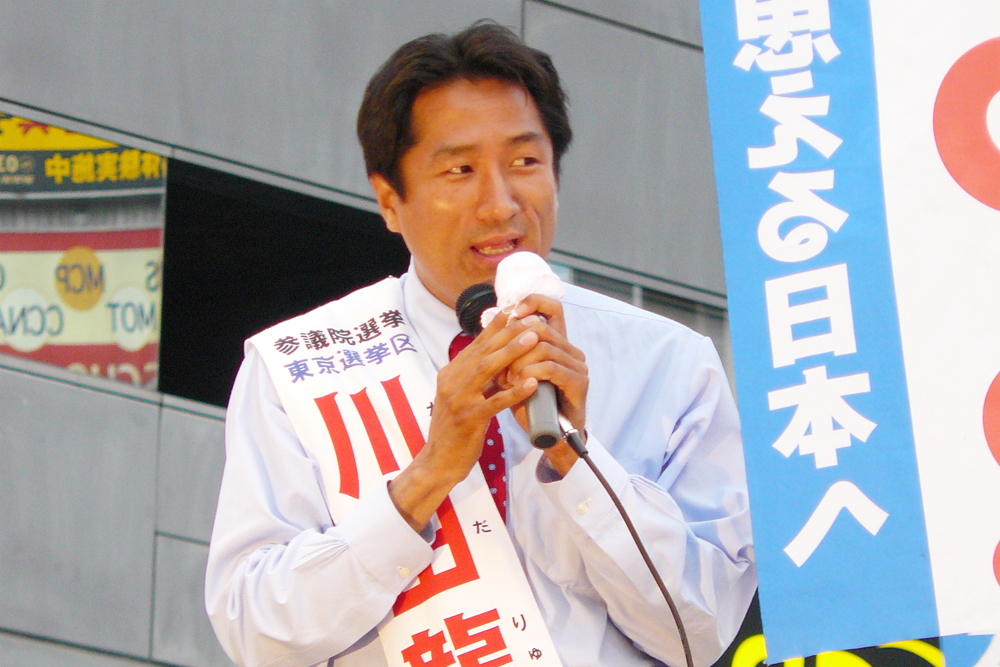The grand project to build the world’s first energy neutral, high-rise, urban building here in Portland is in need of a lifeline from the city and the state legislature—and it might get one, provided stakeholders can demonstrate that Oregonians won’t go broke paying for it.
Oregon Sustainability Center faces uncertain future
The grand project to build the world’s first energy neutral, high-rise, urban building here in Portland is in need of a lifeline from the city and the state legislature—and it might get one, provided stakeholders can demonstrate that Oregonians won’t go broke paying for it.
The price tag for creating the Oregon Sustainability Center (OSC) is around $63 million, with $37 million of that coming from state bonds, which is the part that city and state legislators raise concerns about.
Administrators at Portland State, one of the main stakeholders in the project, are making the rounds at city hall and the state legislature to convince lawmakers that the OSC is a financially feasible project.
While mayor Sam Adams has stated his support for the center, city council members are sharply divided. In a 3-2 vote on Sept. 21 in favor of going forward with the project, commissioners Nick Fish and Amanda Fritz voted against the resolution that committed the city to working with the Oregon University System (OUS).
Last week, Fish and Fritz also voted “no” on an ultimately approved resolution that will split the design cost equally between the city and OUS. Fritz is in favor of a one-third, two-third split that would require a greater commitment from OUS, which she said would reflect actual ownership and usage.
Fritz said the project puts too large a burden on the state’s general fund, and she is not
convinced that the economic payback, touted by PSU and OUS, is worthwhile.
“I think this is a sweet deal for the state and the Oregon University System, not a good deal for Portland’s taxpayers,” Fritz said.
PSU President Wim Wiewel said the university is pressing forward with a 50–50 design-cost-sharing agreement between the city and OUS. As part of the agreement, the city’s cost is ultimately credited against their space cost, and OUS will manage the construction of the center.
“We would have to go back to the drawing board [if the city rejected partnership]—the city is a key partner in this process,” Saunders said.
The complexity of the project is due to the number of partners involved. OUS, PSU, the city and private companies comprise the majority stakeholders.
The OSC is envisioned as a hub that would attract green businesses to the city. It’s expected that PSU and private companies would have classrooms and offices there. Supporters of the center said it could also create jobs and generate research revenue. Council members and state legislators, on the other hand, said the untested nature of the project places undue risks on the state’s general fund.
Mark Gregory, the university’s associate vice president for finance and administration, said PSU will occupy
35,000 square feet in the building, including one classroom with a capacity of 350 students—the university’s largest classroom to date.
Ultimately, legislators are only concerned if it affects their district, Gregory said at a
Sept. 22 session with the legislature’s education subcommittee.
“The argument we’re trying to make is, ‘Let’s make something bold, and smart, and make it more marketable, and it will get us out of this recession,’” Gregory said.
According to Gregory, Fish would prefer to see more private partners involved in the project to offset the cost and burden on the city, a point that the university is exploring.
Saunders said that SANYO, a company dedicated to energy and environmental technologies such as rechargeable batteries, will contribute $1.2 million of solar panels to the OSC.
In addition to the cost barriers, Fritz is doubtful that there is a real need for another building in the heart of PSU’s campus when there are vacancies in other urban buildings. Fritz pointed to the 1900 building on Southwest Fourth Avenue, which houses the city’s Planning and Sustainability staff and rents out space to PSU to hold classes.
Recently, the mayor said he wants to move the city’s staff from the 1900 building to the OSC once it’s built, and then sell the property back to PSU. The cost to move the staff is estimated to be between $1.6 million and $3 million and is another idea that Fritz opposes.
“I am concerned that the terms of the agreement are not favorable to the taxpayers of Portland,” Fritz said.
Gregory said he expects the OSC will have an 8 percent vacancy rate, which is “in line” with other downtown buildings.
“Frankly, we think the risks are well within acceptable margins,” Wiewel said. “We are confident that when we go back to the city council and the state legislature we will be able to convince people that this project makes sense.”
From now until the February legislative session, PSU and OUS will continue to seek funding support, additional partners and ways to reduce overall costs, according to Gregory.



